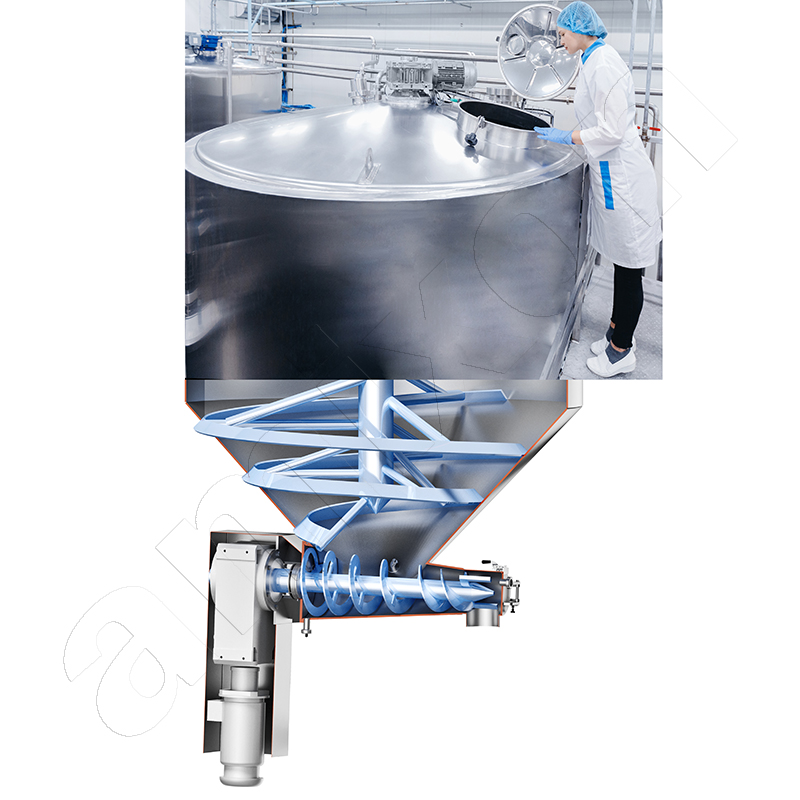
Coagulate
A coagulum is a soft, cohesive structure. It is formed from finely dispersed particles that bind together through physico-chemical processes.
Unlike agglomerates, coagulates are not dry-stable. They are gel-like, flaky or jellyfish-like and occur in liquids. They react sensitively to shear and pressure. Mechanical stress can destroy their binding mechanisms. Coagulates always contain a high proportion of liquid. Their structure is loose and unstable. However, there are also coagulates that are formed by shearing in liquids, for example when they emerge from a high-pressure nozzle. This can result in gels.
Coagulation also plays a role in bioprocess engineering. Fermentation processes in the pharmaceutical industry can lead to the formation of highly viscous coagulates in fermenters. In food process engineering, on the other hand, coagulation is used specifically, for example in cheese or tofu production. Here, the denaturation of proteins leads to the formation of a gel-like matrix. At the end of a fermentation process, a viscous, heterogeneous mass can be formed.
Such complex material systems can only be homogenised with precise mixing technology. With amixon® mixing technology, this is possible efficiently and economically.
A classic example is milk coagulation. Acidification or rennet enzymes denature the milk proteins. Casein precipitates and forms a gelatinous mass, the so-called curd. Other technical applications of coagulation include Water and waste water technology, the chemical industry and biopharmaceuticals.
Coagulation also occurs in colloidal systems. If electrolytes are added, they neutralise the surface charge of the particles. This destabilises the electrical double layer. The particles aggregate into flakes, which can then be separated by sedimentation, filtration or centrifugation.
